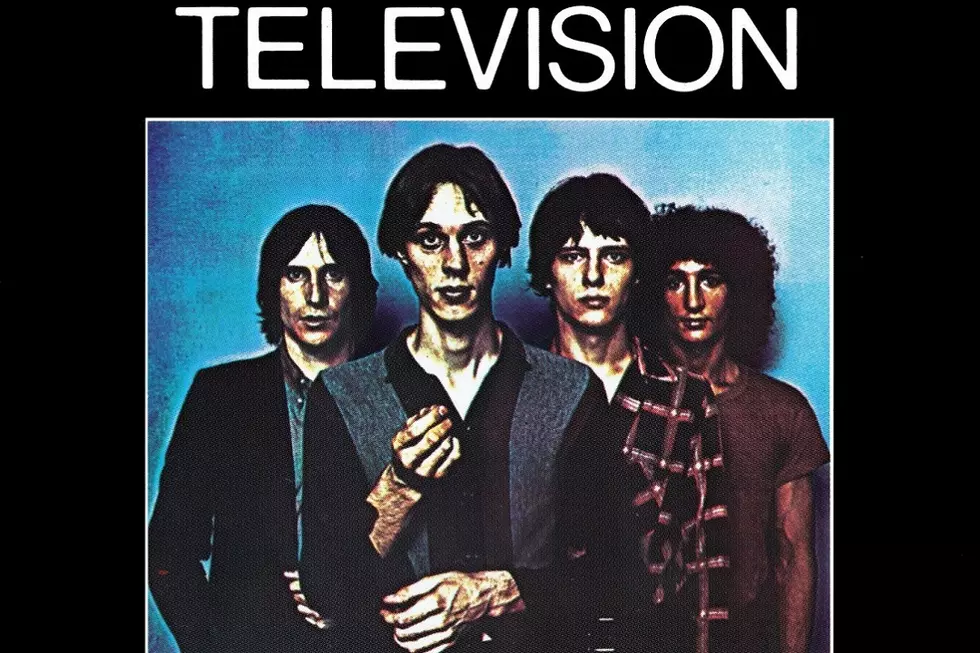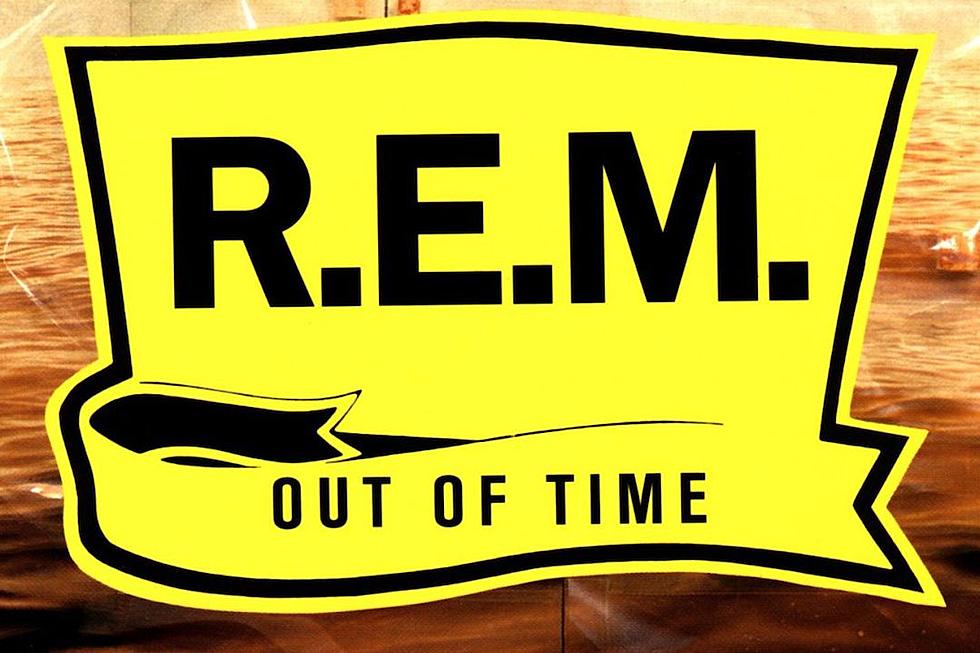The Story of Nick Drake’s Uncompromising, Spare ‘Pink Moon’
To say that Nick Drake’s musical career wasn’t going well is an understatement. After gaining the attention of producer Joe Boyd and landing a record deal with Island Records, the English folk musician had made a couple of albums: 1969’s Five Leaves Left and 1971’s Bryter Layter. Neither album sold well. Even Drake wasn’t a fan of the end result.
Boyd remembers the singer-songwriter complaining that the arrangements of brass and strings made Bryter Layter sound “too full, too elaborate.” He declared that, for his next record would feature “just me and my guitar.”
But, because Drake hadn’t quite set the world on fire – with sub-5,000 sales for each of his albums – Island wasn’t necessarily planning to put out another of his albums. The musician refused to tour, was reluctant to do interviews and basically put little effort into the promotion of the releases.
Part of this has since been explained as a result of Drake’s depression. According to those around him at the time, 1971 found him in deep despair – enough so that he sought professional help. He was prescribed medication to help, but became unsure about taking it because he didn’t know how it would react with the massive amounts of marijuana that he was smoking.
In later years, many fans and critics have assumed that the melancholy music, on what would become Pink Moon, was created in the throes of Drake’s depressive state. But Cally Calloman of Bryter Music, managers of the musician’s estate, disagrees.
“Nick was incapable of writing and recording while he was suffering from periods of depression,” she said in the 33 1/3 installment about Pink Moon. “He was not depressed during the writing or recording of Pink Moon and was immensely proud of the album.”
Indeed, Drake made special efforts to record his third album the way he preferred. In October 1971, he contacted John Wood, who had served as a recording engineer on Drake’s previous releases, about making a much starker recording. Wood would produce and Drake would be the only musician on the album.
The engineer/producer agreed and the two set to work later in the month. Because London’s Sound Techniques studio was booked during the day, the pair met for overnight sessions, starting at 11PM. In only two such sessions, Wood and Drake recorded the entirety of Pink Moon, with the latter singing, playing acoustic guitar and adding one piano overdub on the title track. Eleven songs. Less than a half-hour of music. That was it.
For years, a rumor circulated that Drake subsequently dropped off the master tape at Island Records’ offices in a plastic bag. That’s not true, although the folks at the label were surprised when he delivered another LP of material. After making the record, Drake stopped by Island and hung out with press officer David Sandison for a bit, before taking off.
“About an hour later the girl who worked behind the front desk called up and said, ‘Nick’s left his tapes behind’,” remembered Sandison. “So I went down and it was the big 16-track master tape and it said ‘NICK DRAKE PINK MOON,’ and I thought, ‘That’s not an album I know’.”
After making a copy of the master, the people at Island first heard the intricate guitar work, the soft singing, the midnight mood of Pink Moon – an experience the label would incorporate into the marketing of the album. A photographer was assigned to shoot an album cover, but because Drake was in such poor health, the decision was made to go in a different direction. A surrealist piece by artist Michael Trevithick was chosen instead.
Pink Moon was released in the U.K. on Feb. 25, 1972, around the same time it came out in America. In the States, it actually marked Drake’s proper debut, as only a compilation of material from his previous two records had been released there. Reviews were mixed, with some writers expressing confusion at the record’s stark sound, others celebrating its simple approach and naked emotion. Regardless, Pink Moon sold even worse than its predecessors.
Drake fell into a deeper depression after making Pink Moon. He withdrew from friends and eventually moved back north to live with his parents. He died Nov. 25, 1974, from an apparent suicidal overdose of antidepressants. He was 26.
In the years since Drake’s death, his music has found a greater audience with many considering Pink Moon a folk masterpiece. In the ’80s Drake and the album began to earn glowing praise from alternative rockers, including the Cure’s Robert Smith, Jeff Buckley and Peter Buck of R.E.M.
“There was just something to me, as a teenager growing up in Georgia, incredibly sophisticated about him,” the R.E.M. guitarist said. “That baroque sound, the guitar, the frail voice.”
Through the decades, reissues and an influential 1999 Volkswagen commercial that featured the title song, Pink Moon has become a classic – routinely featuring on publications’ lists of the finest albums ever recorded.
The 50 Most Influential Musicians of the 21st Century
More From Diffuser.fm









